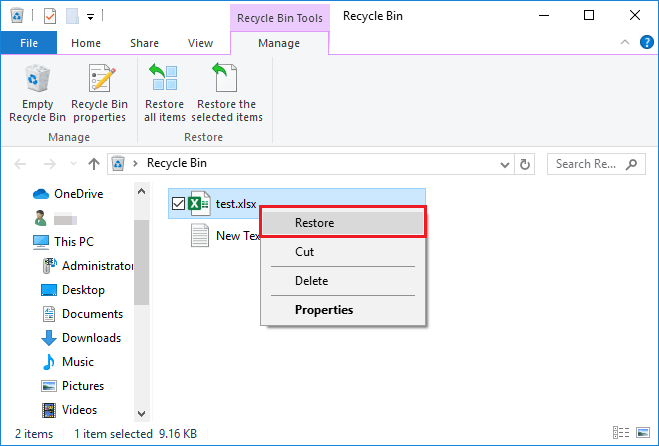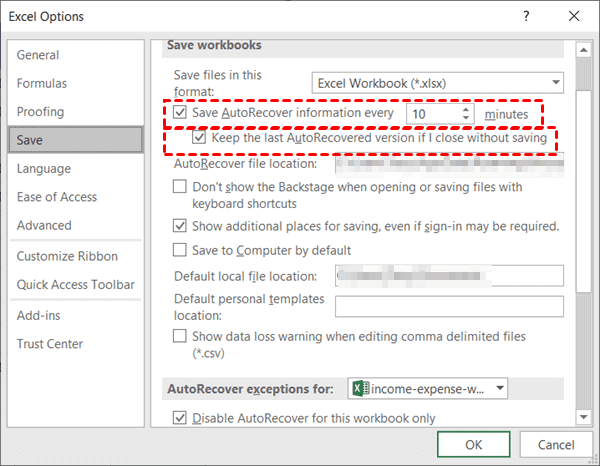Recover Deleted Excel Sheet: Quick Tips

Accidentally deleting an important Excel sheet can be a daunting experience, especially if you're working with a substantial amount of data. Fortunately, there are several methods to recover deleted Excel sheets, ensuring you get your work back with minimal disruption. Here’s how you can quickly address this issue:
Method 1: Use the Undo Feature

If you’ve just deleted an Excel sheet and haven’t closed the workbook, the fastest way to recover it is by using the Undo feature:
- Press
Ctrl + Z(Windows) orCommand + Z(Mac) on your keyboard. - Alternatively, click the Undo button in the Quick Access Toolbar at the top of Excel.
This action will revert the last change made, including the deletion of the sheet. However, this only works if you haven't performed many subsequent actions after deleting the sheet.
🌟 Note: The Undo feature is an immediate solution and should be your first try.
Method 2: Use the Recycle Bin or Trash

If you closed the workbook after deleting the sheet, but have not emptied your computer’s recycle bin or trash, you might still be able to recover the file:
- Open the Recycle Bin (Windows) or Trash (Mac).
- Look for your Excel file.
- Right-click and choose Restore or drag the file back to its original folder.
💡 Note: Ensure the file was not permanently deleted from the Recycle Bin/Trash.
Method 3: Use Excel’s File Recovery Options

Excel has an auto-recovery feature that might save your work:
- Go to File > Info in the Ribbon.
- Click on Manage Workbook and then Recover Unsaved Workbooks.
- Browse through the list to find your workbook and recover it.
If you've saved your work before, you might also find recovery options under:
- File > Info > Manage Workbook > Browse Version History or File > Info > Manage Workbook > Recover Unsaved Workbooks.
🔄 Note: Regularly saving your work can increase your chances of recovery with this method.
Method 4: Professional Data Recovery Software

If the above methods fail, you might need to turn to professional data recovery software:
- Choose reputable software like Recuva, Disk Drill, or EaseUS Data Recovery.
- Follow the software’s instructions to scan the drive where your Excel file was stored.
- Select and recover the deleted file from the list of recoverable files.
🛠️ Note: This method requires careful selection of the right software and following instructions accurately.
Preventing Future Deletions

To avoid this issue in the future, consider these preventive measures:
- Frequent Saving: Use
Ctrl + Sor set up automatic saving options. - Backup: Regularly backup your Excel files to cloud services or external drives.
- Enable AutoRecover: Go to File > Options > Save and check the box for Save AutoRecover information every… (set the frequency).
- Version History: Utilize Excel Online or OneDrive’s version history feature.
In summary, recovering a deleted Excel sheet is often achievable through simple steps like using the Undo function, checking the Recycle Bin/Trash, or exploring Excel's recovery options. For more critical cases, professional recovery tools can be invaluable. By implementing preventive measures like frequent saving, backups, and enabling AutoRecover, you can safeguard your work against accidental deletions, ensuring your data remains secure and accessible.
Can I recover an Excel sheet if I’ve saved and closed the workbook?

+
Yes, if you haven’t emptied your Recycle Bin or Trash, you might find your file there. If not, check for any recovery options in Excel or use data recovery software.
How often should I save my Excel workbook?

+
It’s recommended to save every 5-10 minutes or after significant changes. You can automate this process with the AutoRecover feature in Excel.
What is the best data recovery software for Excel files?

+
Software like Recuva, Disk Drill, or EaseUS Data Recovery are highly recommended due to their effectiveness and user-friendliness.